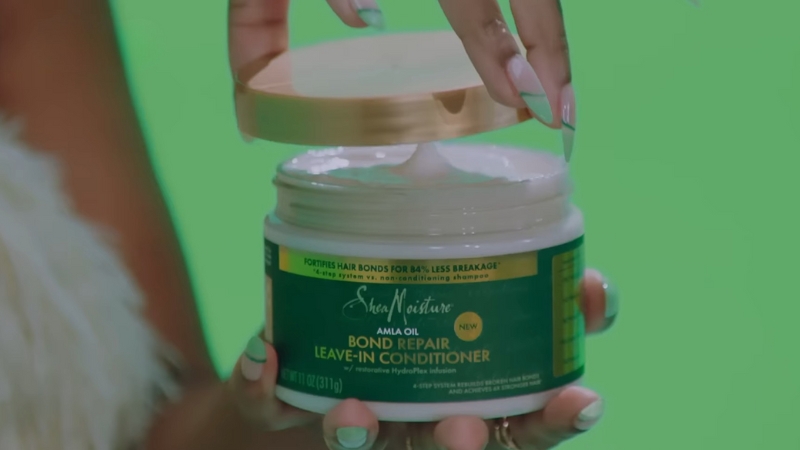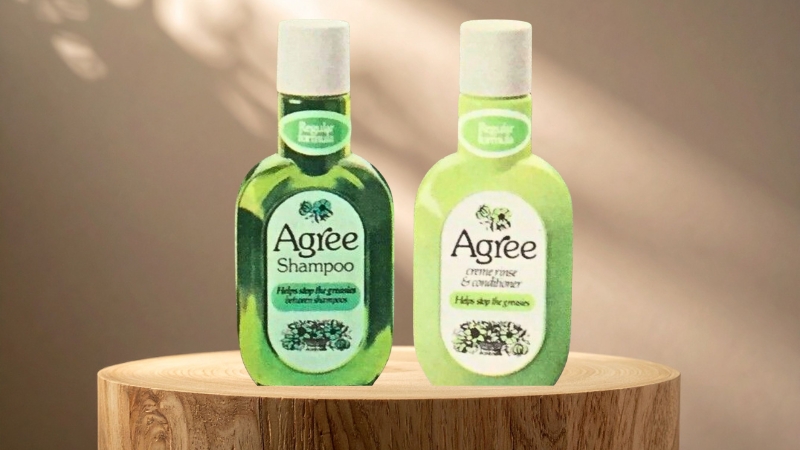
Share Post:
Proper storage is essential to getting the most out of your skincare products. While skincare fridges have gained popularity, not every product benefits from the cold. In fact, some products can lose their texture, stability, and effectiveness when stored in a refrigerator.
Knowing what works best at room temperature is critical for maintaining your skincare investments and ensuring they deliver the results you want.
This guide highlights 14 specific skincare products that should never be refrigerated.
1. Oil-Based Serums and Balms
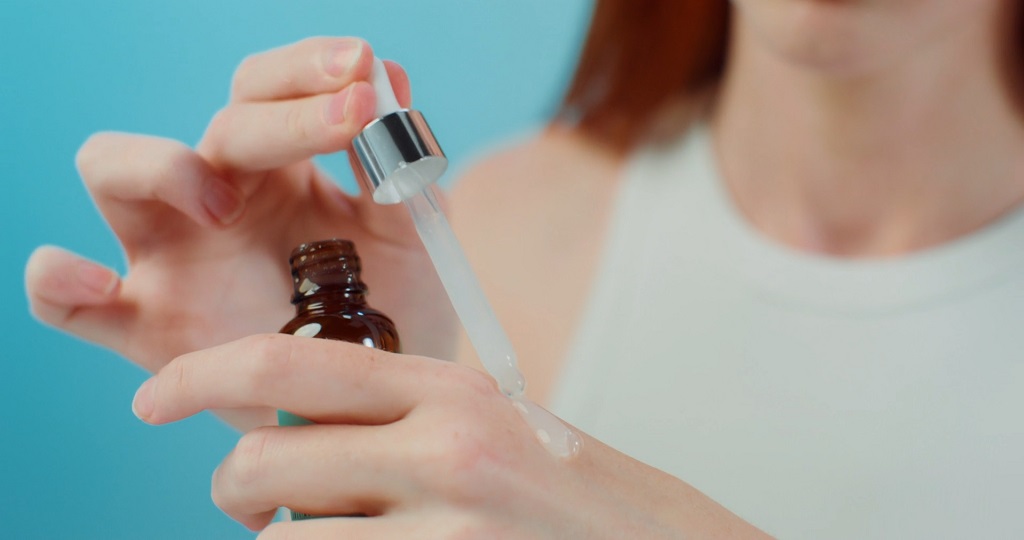
Oil-based serums and balms are packed with botanical oils, essential oils, and fatty acids, which provide intense hydration and nourishment. These ingredients are hydrophobic, meaning they do not mix well with water. In their natural state, these oils remain fluid and easily spreadable, but cold temperatures can disrupt their properties.
When stored in a refrigerator, the molecules in the oils slow down and solidify. This leads to clumping, hardening, and even separation within the product. The silky consistency that makes these serums and balms easy to apply gets completely ruined in the cold.
What Happens When They Are Refrigerated?
- Texture Issues: Oil-based serums turn thick and lumpy, making them difficult to spread evenly on your skin. Balms can harden to the point of becoming unusable.
- Separation: The balance of ingredients in oil-based products can be thrown off. Oils may separate from other components, leading to uneven application and reduced effectiveness.
- Performance Loss: Solidified oils struggle to penetrate the skin effectively, reducing the product’s ability to hydrate and protect. This means you are not getting the full benefits of your skincare routine.
Room Temperature is Key
To preserve the luxurious texture and full potency of oil-based serums and balms, keep them at room temperature, ideally between 60 and 77 degrees Fahrenheit. Store them in a cool, dry place away from direct sunlight and humidity. A bathroom cabinet or bedroom vanity is usually perfect for maintaining their integrity.
What to Do If Refrigerated by Accident?
If you have accidentally placed an oil-based serum or balm in the refrigerator, allow it to return to room temperature naturally. Avoid heating it directly, as this can further destabilize the formula. Once it reaches the proper temperature, shake or mix the product gently to restore its consistency.
2. Creams with Ceramides
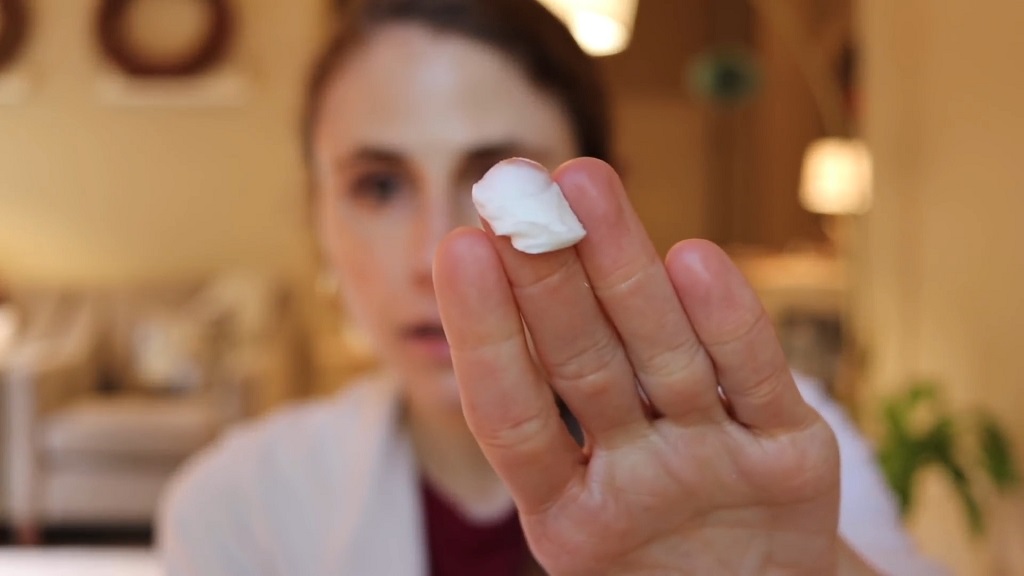
Ceramides are lipid molecules that occur naturally in the skin and play a vital role in maintaining a healthy moisture barrier. They are often included in skincare formulations to repair dry, damaged skin and to keep it resilient against environmental stressors. These waxy lipids form the “mortar” that holds skin cells together, keeping hydration in and irritants out.
In a cream, ceramides are carefully blended with other ingredients to create a stable, smooth texture that spreads easily and absorbs effectively. This balance is delicate, and cold temperatures can disrupt it.
The Problem with Refrigerating Ceramide Creams
- Thickening and Hardening: Ceramides thicken significantly when exposed to cold, turning creamy, spreadable formulas into stiff, wax-like textures. This makes application difficult and reduces the product’s ability to absorb into the skin.
- Crystal Formation: Refrigeration can cause ceramides to crystallize. These crystals disrupt the uniform texture of the cream, leaving it uneven and potentially irritating when applied.
- Loss of Effectiveness: The destabilization of ceramides in the cold can diminish their ability to repair the skin barrier, reducing the product’s overall effectiveness.
Ideal Storage for Ceramide Creams
Ceramide creams thrive at room temperature. A cool, dark space such as a drawer or vanity away from heat and sunlight is ideal. Avoid keeping them in humid environments, like a bathroom, where temperature fluctuations can also impact their quality.
What Happens If You Refrigerate Them by Mistake?
If you accidentally refrigerate a ceramide cream, allow it to return to room temperature naturally. Do not attempt to heat it, as this can cause further separation of ingredients. Once it has warmed up, give it a gentle stir or shake (if the packaging allows) to restore consistency.
3. Heavy Moisturizers with Fatty Acids
Fatty acids, such as stearic acid, palmitic acid, and linoleic acid, are essential building blocks of healthy skin. They help repair the skin barrier, lock in moisture, and protect against environmental damage. In heavy moisturizers, these lipids are blended with other ingredients to create a rich, creamy consistency that delivers long-lasting hydration.
The Effects of Refrigeration on Fatty Acid-Based Moisturizers
- Solidification: Fatty acids are highly sensitive to cold temperatures. When refrigerated, they solidify and clump together, causing the moisturizer to lose its smooth texture. Applying a hardened product can feel uncomfortable and make it difficult to spread evenly.
- Separation of Ingredients: The balance between water and oil in these moisturizers can be disrupted in cold conditions. This leads to separation, where the fatty acids might form solid clusters while other components remain liquid, rendering the product less effective.
- Decreased Absorption: Solidified fatty acids struggle to penetrate the skin, reducing the moisturizer’s ability to repair and hydrate effectively. Instead of being absorbed, the product may sit on the skin’s surface, leaving it greasy or sticky.
Where and How to Store Heavy Moisturizers?
To keep fatty acid-based moisturizers in their best condition, store them at room temperature in a cool, dry place. A bedroom drawer or vanity away from direct sunlight and humidity is ideal. Avoid placing them in the bathroom, where heat and moisture fluctuations can also impact their stability.
What If You Refrigerate It by Accident?
If you accidentally refrigerate a heavy moisturizer, remove it from the fridge and allow it to return to room temperature naturally. Do not attempt to heat it, as this can further destabilize the formula. Stirring the product gently after it has warmed up may help restore its consistency, but results may vary depending on the extent of the damage.
4. Fatty Alcohol-Containing Products
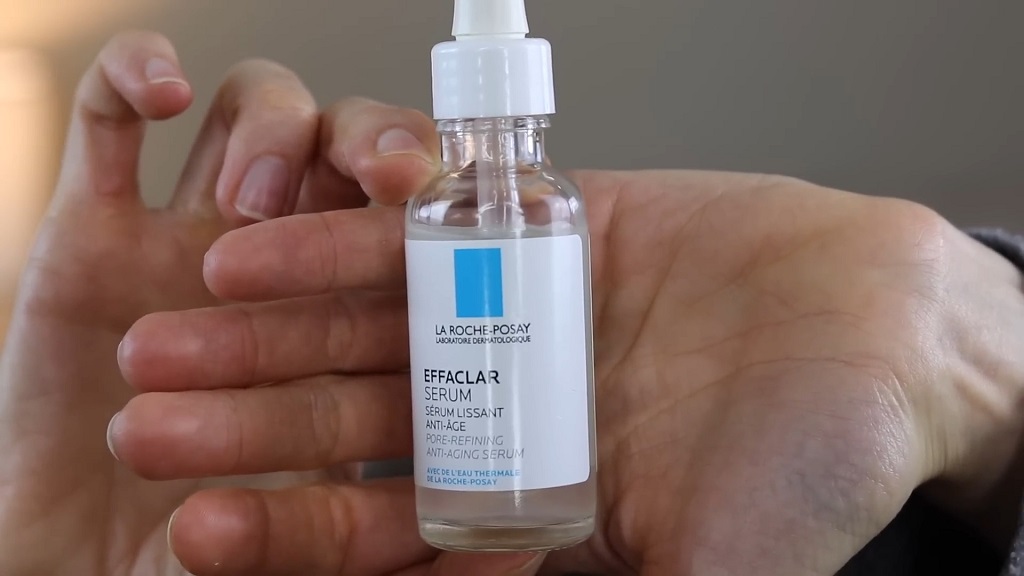
Unlike regular alcohols, which can dry out the skin, fatty alcohols are non-irritating and help to lock in moisture. They give skincare products their creamy, luxurious feel and ensure that water and oil components mix smoothly for a stable formula.
The Impact of Refrigeration on Fatty Alcohols
- Solidification: Fatty alcohols thicken and harden when exposed to cold temperatures. This change can turn a smooth cream into a dense, waxy product that is difficult to apply evenly on the skin.
- Separation: In emulsified products, fatty alcohols help bind water and oil together. Cold temperatures disrupt this bond, causing the formula to separate. This leads to uneven application and reduced effectiveness.
- Texture Loss: The silky, lightweight feel of a fatty alcohol-based product is one of its biggest advantages. Refrigeration can ruin this texture, leaving the product clumpy or sticky.
Proper Storage for Fatty Alcohol-Based Products
To maintain their integrity, fatty alcohol-containing products should be stored at room temperature, ideally between 60 and 77 degrees Fahrenheit. A bedroom vanity or a drawer in a cool, dry area is perfect. Avoid placing them in areas with significant temperature fluctuations, such as bathrooms or near windows.
What Happens If They Are Refrigerated by Mistake?
If a fatty alcohol-based product has been refrigerated, allow it to return to room temperature gradually. Avoid heating it directly, as this could destabilize the formula even further. Once it has warmed up, you may notice changes in texture or separation. While stirring or shaking the product can help, there is no guarantee that its original quality will be restored.
5. Exosome Serums
Exosome serums are known for their ability to target fine lines, wrinkles, and uneven skin tone by promoting cellular regeneration. They rely on lipid-based vesicles that encapsulate growth factors, peptides, and other active ingredients. Such structure allows the ingredients to penetrate deeply into the skin and deliver targeted benefits.
The Effects of Refrigeration on Exosome Serums
- Structural Damage: Exosomes are lipid-based vesicles that can rupture when exposed to extreme cold. Once damaged, their ability to deliver active ingredients to the skin is significantly reduced.
- Separation of Ingredients: The delicate balance of ingredients in exosome serums can be disrupted by cold temperatures, leading to separation and uneven distribution within the product.
- Reduced Absorption: Applying a cold exosome serum directly to the skin can decrease its absorption. The lipid-based vesicles are designed to work at skin temperature, and cold application may hinder their ability to penetrate effectively.
Ideal Storage for Exosome Serums
To preserve the integrity of exosome serums, store them at room temperature in a cool, dry place. Keep the product away from direct sunlight, heat, and humidity. If refrigeration is recommended by the manufacturer for short-term storage, always allow the serum to return to room temperature before applying it to the skin.
What to Do If Exosome Serums Are Refrigerated Accidentally
If you have mistakenly stored an exosome serum in the refrigerator, remove it and let it warm to room temperature naturally. Avoid shaking or stirring the product immediately, as this could further damage the exosome structure. Once it has reached room temperature, check for any visible changes in texture or separation before use.
6. Growth Factor Serums
Growth factor serums contain proteins that naturally occur in the body and help regulate cell growth and repair. In skincare, these serums are used to enhance collagen production, speed up wound healing, and improve skin texture. Their formulation is often delicate, as growth factors are bioactive and require specific conditions to remain effective.
Why Growth Factor Serums Should Not Be Refrigerated
- Temperature Sensitivity: Growth factors are biologically active proteins that can lose their potency when exposed to extreme cold. Refrigeration may cause structural changes that diminish their effectiveness.
- Separation: In cold conditions, the water-based and lipid-based components in growth factor serums can separate, leading to a compromised formula. This separation can affect the serum’s consistency and make application uneven.
- Inactivation: Freezing temperatures can irreversibly damage growth factors, rendering the serum useless. These proteins are designed to work within a specific temperature range, and cold storage disrupts their activity.
Proper Storage for Growth Factor Serums
Growth factor serums should always be stored at room temperature in a cool, dry environment. A drawer or shelf away from direct sunlight and humidity is ideal. This ensures that the bioactive proteins remain stable and ready to deliver their benefits. If the product’s packaging includes specific storage instructions, be sure to follow them carefully.
What to Do If Refrigerated Accidentally
If you accidentally refrigerate a growth factor serum, remove it from the fridge and let it return to room temperature naturally. Do not attempt to shake or stir the product immediately, as this can worsen the separation of ingredients. Inspect the serum for changes in texture or consistency before use, but be aware that refrigeration damage may be irreversible.
7. Peptide Serums
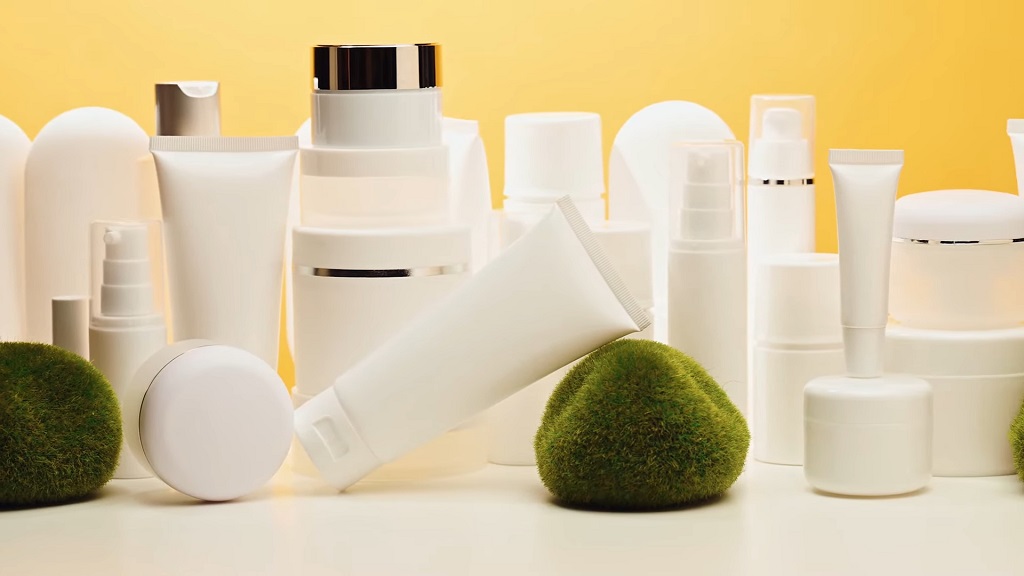
Peptides are short chains of amino acids that act as building blocks for proteins like collagen and elastin. In serums, peptides penetrate the skin to signal cells to repair and regenerate, making them essential in anti-aging skincare.
Why Refrigeration Harms Peptide Serums?
- Destabilization of Peptides: Peptides are delicate molecules that can lose their structure when exposed to cold temperatures. This destabilization reduces their ability to communicate with skin cells effectively.
- Separation of Ingredients: Cold storage can cause the water-based and oil-based components in peptide serums to separate. This results in an uneven formula that may not apply or absorb correctly.
- Texture Changes: Peptide serums are formulated to have a smooth, lightweight consistency. Refrigeration can thicken the serum, making it sticky or difficult to spread evenly on the skin.
Ideal Storage for Peptide Serums
To ensure peptide serums remain effective, store them at room temperature in a cool, dry place. Avoid exposure to direct sunlight or heat, as these factors can also degrade the peptides. A drawer or cabinet outside of the bathroom is an ideal spot to maintain their stability.
What to Do If Refrigerated by Mistake?
If you accidentally store a peptide serum in the refrigerator, remove it and allow it to return to room temperature naturally. Avoid shaking the product immediately, as this could exacerbate any separation issues. Check for changes in texture or consistency before use, as some damage may be irreversible.
8. Retinol Serums with Peptides
Retinol, a derivative of vitamin A, promotes skin cell turnover, reduces wrinkles, and improves tone and texture. Peptides, on the other hand, enhance collagen production and skin elasticity. Together, they form a potent combination for addressing multiple skin concerns simultaneously. However, their effectiveness depends on a stable and balanced formula.
Why Retinol Serums with Peptides Should Not Be Refrigerated
- Peptide Instability: While retinol thrives in cooler conditions, peptides do not. Cold temperatures can disrupt the structure of peptides, making them less effective at communicating with skin cells and stimulating repair.
- Separation of Ingredients: Refrigeration can cause the retinol and peptides to separate, resulting in an uneven distribution of active ingredients. This affects the serum’s consistency and performance.
- Texture Changes: The cold can thicken the serum, making it difficult to apply evenly. A clumpy or sticky texture can reduce its ability to absorb into the skin and deliver results.
Best Practices for Storing Retinol Serums with Peptides
To keep these serums effective, store them at room temperature in a cool, dark place. Avoid areas with high humidity, like the bathroom, or direct sunlight, which can degrade the retinol. If your home is particularly warm, consider storing it in a slightly cooler location, but avoid refrigeration.
What Happens If Refrigerated Accidentally?
If you accidentally refrigerate a retinol serum with peptides, remove it from the fridge and allow it to warm to room temperature naturally. Avoid shaking or stirring the product immediately, as this could cause further separation. Inspect the serum for changes in texture or consistency before use, but be aware that refrigeration may have compromised its efficacy.
9. Body Creams
Body creams are formulated with a balance of water, oils, and emulsifiers to create a rich, spreadable texture. Storing them at room temperature keeps this balance intact, while refrigeration can compromise their usability.
The Problems Refrigeration Causes for Body Creams
- Thickening and Hardening: Cold temperatures cause the oils and emulsifiers in body creams to thicken or harden. This makes the cream difficult to scoop and nearly impossible to spread evenly on the skin.
- Separation of Ingredients: Refrigeration can cause the water and oil components in body creams to separate, leading to an uneven texture. This separation affects how well the cream absorbs into the skin.
- Loss of Hydration: A disrupted formula means the body cream cannot lock in moisture effectively. Instead of providing smooth, hydrated skin, the product may leave a greasy residue or fail to deliver results.
How to Store Body Creams Properly?
To maintain their texture and effectiveness, store body creams at room temperature in a cool, dry place. Avoid keeping them in areas with temperature fluctuations, such as bathrooms or near windows. A bedroom vanity or drawer is an ideal storage spot to protect the product from heat and humidity.
What to Do If Refrigerated by Mistake?
If you accidentally refrigerate a body cream, let it return to room temperature naturally. Do not heat it directly, as this could worsen the separation of ingredients. Stirring the product gently after it has warmed up may help restore its texture, but some creams may not fully recover.
10. Face Creams
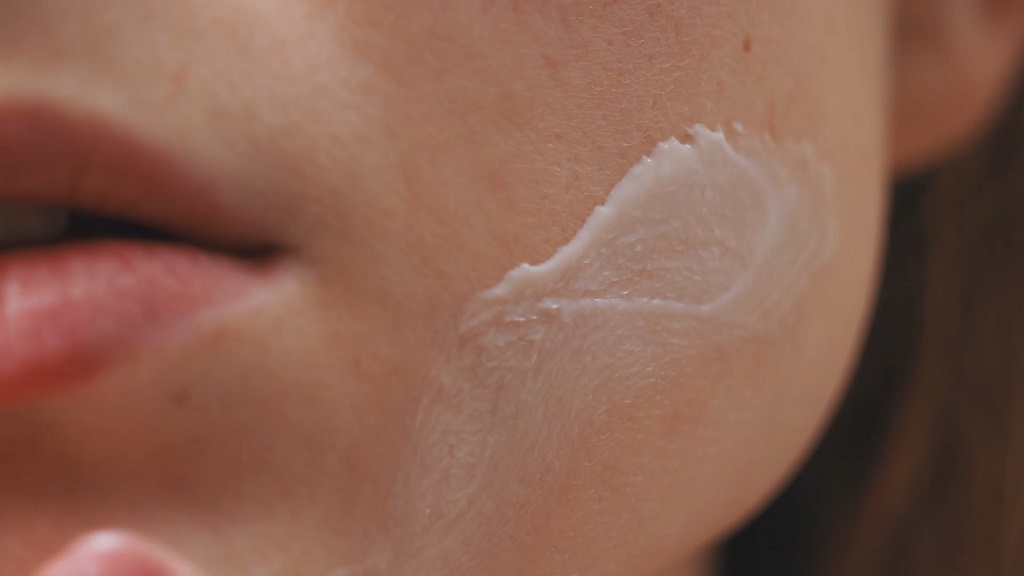
Face creams typically contain a mix of water, oils, and active ingredients, such as ceramides, peptides, or antioxidants. These elements are balanced to create a lightweight, smooth texture that absorbs easily into the skin. Room temperature storage ensures this delicate balance is maintained, while refrigeration can disrupt it.
The Effects of Refrigeration on Face Creams
- Texture Changes: Cold temperatures can thicken the cream, turning it into a hard, waxy consistency that is difficult to spread. This change makes application less enjoyable and less effective.
- Separation of Ingredients: Refrigeration can cause the water and oil components in face creams to separate, resulting in a lumpy texture. This separation affects the cream’s ability to blend into the skin evenly.
- Reduced Potency: Many face creams contain active ingredients like peptides or ceramides that are sensitive to cold. Refrigeration can destabilize these ingredients, reducing their efficacy over time.
How to Store Face Creams Properly?
To keep face creams in their best condition, store them at room temperature in a cool, dry place. A vanity or drawer away from direct sunlight and humidity is ideal. Avoid keeping them in the bathroom, where temperature and moisture fluctuations can degrade the product.
What Happens If Face Creams Are Refrigerated?
If you accidentally refrigerate a face cream, allow it to return to room temperature gradually. Avoid applying the cream while it is still cold, as this can hinder absorption and feel unpleasant on the skin. If the texture has changed or separation has occurred, gently stir or mix the cream to restore consistency.
11. Lotions
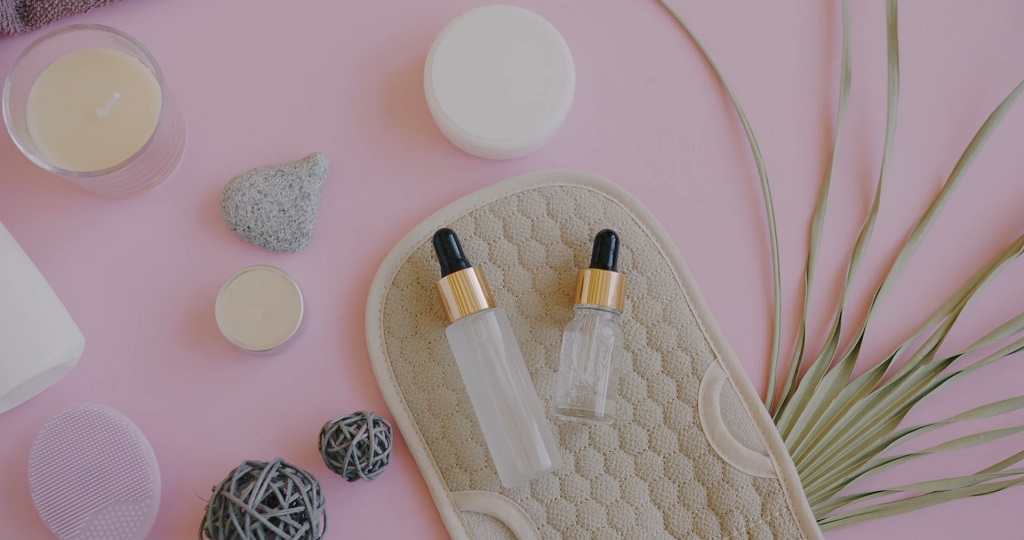
Lotions are formulated with a mix of water, oils, and emulsifiers to create a smooth, fluid consistency that spreads easily and absorbs quickly. These components are sensitive to extreme temperatures, and refrigeration can disrupt the balance, leaving the product less effective and less pleasant to use.
The Impact of Refrigeration on Lotions
- Thickening and Hardening: The cold can cause the oils and emulsifiers in lotions to solidify, making the product thicker and harder to dispense or apply.
- Separation of Ingredients: Refrigeration can disrupt the emulsification process, causing the water and oil components to separate. This results in an uneven texture that is difficult to mix back together.
- Reduced Hydration: A destabilized lotion is less effective at delivering hydration to the skin. Instead of smooth application and quick absorption, you may end up with an uneven or greasy finish.
Proper Storage for Lotions
To maintain the texture and efficacy of lotions, store them at room temperature in a cool, dry environment. A vanity or drawer away from direct sunlight and moisture is the best option. Avoid keeping lotions in areas with significant temperature fluctuations, such as bathrooms, where humidity and warmth can also degrade the product.
What to Do If Refrigerated by Accident?
If you accidentally refrigerate a lotion, allow it to return to room temperature naturally. Avoid shaking or stirring it while it is still cold, as this can make the separation of ingredients worse. Once it has warmed up, gently shake or stir the lotion to restore consistency if needed.
12. Ointments
Ointments are primarily composed of oils, waxes, and petroleum-based ingredients. This composition gives them their thick, protective consistency, which is ideal for dry, cracked, or irritated skin. They are designed to remain stable at room temperature, ensuring they spread easily and form an even barrier on the skin.
What Happens When Ointments Are Refrigerated?
- Hardening: The cold causes the oils and waxes in ointments to solidify, making them stiff and difficult to scoop or spread. This can hinder their ability to cover the skin effectively.
- Loss of Barrier Function: A hardened or unevenly applied ointment may fail to form the protective barrier it is designed to provide. This reduces its effectiveness in locking in moisture and shielding the skin from external irritants.
- Reduced Comfort: Applying a cold ointment can feel unpleasant and may make it less likely for you to use the product regularly, compromising your skincare routine.
How to Store Ointments Properly?
Ointments should always be stored at room temperature in a cool, dry place. Keep them away from direct sunlight, as prolonged heat exposure can also alter their consistency. A bedside drawer or a cabinet outside the bathroom is an ideal location to maintain their texture and effectiveness.
What to Do If Refrigerated Accidentally?
If an ointment has been refrigerated, allow it to return to room temperature naturally. Avoid microwaving or directly heating it, as this can break down the formula. Once the ointment has warmed up, check its consistency to ensure it is smooth and spreadable. If it remains stiff, you may need to replace it.
13. Sunscreens with Mineral UV Filters
Mineral sunscreens are made with active ingredients like zinc oxide and titanium dioxide, which provide broad-spectrum protection by physically blocking UV rays. Unlike chemical sunscreens, these filters do not absorb into the skin, making them a safer and more stable option for many people. The formulation is designed to remain consistent at room temperature, ensuring even application and effective coverage.
Why Refrigerating Mineral Sunscreens is Problematic?
- Thickening and Separation: Refrigeration can cause the carrier cream or lotion in mineral sunscreens to thicken and separate. This results in an uneven texture, making it difficult to apply the sunscreen smoothly and evenly on your skin.
- Reduced Effectiveness: An unstable or separated formula may leave gaps in coverage, reducing the sunscreen’s ability to shield your skin effectively from UV rays.
- Texture Issues: Cold temperatures can turn mineral sunscreens into stiff, gritty products that feel uncomfortable to apply and may leave a visible white cast on the skin.
Proper Storage for Mineral Sunscreens
To keep mineral sunscreens effective, store them at room temperature in a cool, dry place. Avoid direct sunlight or heat, as prolonged exposure can degrade the active ingredients over time. A drawer or cabinet is ideal for maintaining their stability and ensuring they are ready to use whenever needed.
What to Do If Refrigerated Accidentally?
If a mineral sunscreen has been refrigerated, allow it to warm to room temperature naturally. Do not shake or stir the product while it is still cold, as this could worsen separation issues. Once it has returned to room temperature, check for changes in texture or consistency before applying.
14. Organic Skincare for Long-Term Storage
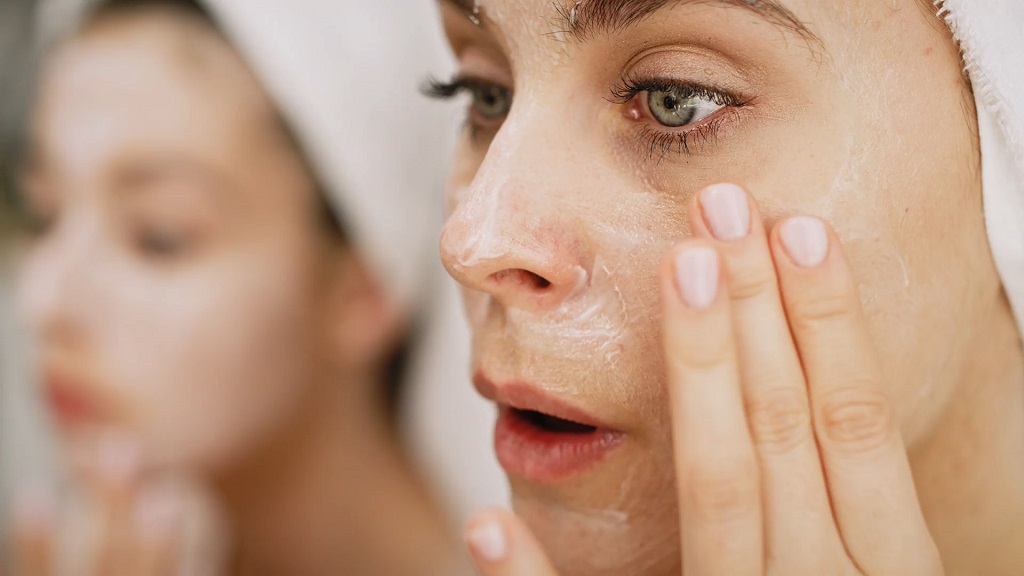
Organic skincare often contains fresh, plant-based ingredients like essential oils, botanical extracts, and natural antioxidants. These formulations are typically free from synthetic preservatives, which means they have a shorter shelf life and are more prone to microbial growth. While this makes them a cleaner option, it also requires more careful handling to maintain their quality.
Why Refrigeration Harms Organic Skincare?
- Texture Changes: The natural oils and waxes in organic skincare can harden or separate when exposed to cold temperatures, making the product lumpy or difficult to apply.
- Ingredient Instability: Refrigeration can destabilize emulsions and cause separation of water and oil components. This affects the product’s consistency and overall effectiveness.
- Shortened Shelf Life: While short-term refrigeration can temporarily slow microbial growth, long-term cold storage can degrade some natural ingredients, like essential oils and botanical extracts, reducing their potency.
Proper Storage for Organic Skincare
Organic skincare products should be stored in a cool, dry place at room temperature, ideally between 60 and 77 degrees Fahrenheit. Avoid exposing them to direct sunlight or high humidity, as these conditions can accelerate spoilage. If you do not plan to use the product for an extended period, refrigeration may be an option, but only for short-term storage. Always let the product warm to room temperature before use.
What to Do If Refrigerated Too Long?
If an organic skincare product has been refrigerated for an extended period, remove it from the fridge and allow it to return to room temperature naturally. Check the texture, scent, and appearance for signs of spoilage, such as separation or a rancid odor. If the product seems off, it is best to discard it to avoid skin irritation or ineffective use.
FAQs
1. Can Refrigerating Skincare Products Cause Allergic Reactions?
Refrigerating certain skincare products can lead to ingredient instability, which may result in unexpected changes, such as separation or crystallization. While these changes are not typically harmful, they may increase the risk of irritation or allergic reactions for individuals with sensitive skin, especially if the formula is compromised. It is best to follow the recommended storage guidelines provided by the manufacturer to avoid such risks.
2. Is It Safe to Freeze Skincare Products for Long-Term Preservation?
Freezing skincare products is generally not recommended, as extreme cold can cause irreversible damage to the formulation. Ingredients such as oils, emulsifiers, and actives like peptides or retinoids may separate or degrade, reducing their efficacy. Freezing also risks damaging the packaging, leading to leaks or contamination.
3. How Do I Know If a Product Has Gone Bad After Refrigeration?
If a product has been improperly stored in a refrigerator, check for visible changes such as separation, clumping, discoloration, or an unusual smell. If the texture feels gritty, thickened, or uneven, it is likely that the formula has been compromised. When in doubt, it is safer to discard the product to avoid potential skin irritation.
4. Do Skincare Fridges Come With Temperature Control for Delicate Products?
Most skincare fridges are not designed with precise temperature control and operate at a standard cooling range (typically 35 to 50 degrees Fahrenheit). While this is suitable for some products, such as eye creams or mists, it may be too cold for others, like ceramide creams or fatty acid-rich moisturizers. It is essential to check whether the fridge can accommodate specific storage needs before using it for your products.
5. What Are the Best Alternatives to Refrigerating Skincare Products?
If you want to keep your skincare cool without a refrigerator, consider storing products in a temperature-controlled drawer or a dedicated cooling box designed for skincare. These options provide a stable environment without exposing the products to excessively cold temperatures. Avoid leaving products in areas with extreme heat or humidity, such as bathrooms or sunny windowsills.
6. Can Humidity Affect Products More Than Temperature?
Yes, high humidity can be just as damaging as extreme temperatures for skincare products. Moisture in the air can penetrate poorly sealed containers, leading to contamination or microbial growth. Humidity can also destabilize emulsions, making creams and serums separate or lose their effectiveness. To protect your skincare, store it in a cool, dry place with consistent humidity levels.
Final Thoughts
Taking care of your skincare products is just as important as choosing the right ones for your routine. While the trend of skincare fridges might seem appealing, it is crucial to know what works best for the products you use. Refrigerating the wrong items can disrupt their formulation, reduce their effectiveness, and even lead to wasted money.
If you ever have doubts, check the label or reach out to the brand for guidance.
Related Posts:
- Sunscreen Ingredients You Should Never Put on Your Face
- Struggling with Dry and Oily Skin? Your Products May…
- Child-Friendly Skincare Brands - Safe & Gentle…
- How Often Should You Get a HydraFacial - Expert…
- Should You Swim with Jewelry? Can Water Damage Gold…
- How Personalized Makeup Products Increase Brand…




